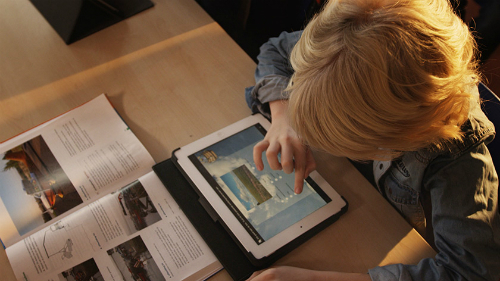
Preparing our students for a new world of Innovation is a theme we cover consistently in A Pesquisa Global para a Educação série. We invited John Martin, CEO da Sanoma Aprendizagem, to share his vision for learning in the future.
Sanoma Learning has major markets in Belgium, Finlândia, a Holanda, Poland and Sweden, where the company is fast replacing the traditional textbook model by developing innovative, captivating media in multiple platforms that can be individualized to meet the demands of specific educational systems. Sanoma has been dedicated to education since 1889, when it established the newspaper Päivälehti in Finland. Today it is carrying this commitment in leaping bounds into the future. Martin believes that while the teacher remains “the killer app,” edtech can personalize learning pathways for pupils and engage them in new ways, helping to develop the talents of each child. In my interview with John that follows, he shares his broad insights into how we can work towards environmental sustainability, inclusividade global, e inteligente adaptação tecnológica nas salas de aula futuras.
Como será a escola do futuro ser mais ambientalmente consciente?
Imagino-me como um professor de biologia numa escola onde nós introduzimos “aprendizagem baseada fenômeno”, inspirado pelo renomado sistema educativo finlandês mundo. Eu estou treinando um curso sobre as alterações climáticas e as equipes da minha turma está trabalhando fora como reduzir a pegada de carbono da escola. I’m sure they will find new ideas and expect this way of learning will have a profound effect on their behaviour too. An earlier class encouraged us to embrace the Internet of Things in helping to limit our environmental impact. Through this network of “connected things” na escola, we have reduced our use of energy, water and food, and optimized the travelling. By changing our behaviour and embracing technology we are making a difference.
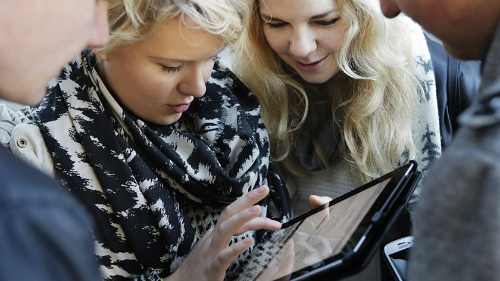
Como será a escola do futuro ser mais globalmente inclusiva?
I expect that changes in demography, improved access to mobile technology and new norms in the classroom will open up the world of learning. Hoje, access to mobile learning is limited in three dimensions: to children in richer communities, in rich countries, and in schools where digital learning is encouraged. Consider the world in 2050 where the number of under 15 year olds will be roughly as follows: 70 million in the USA, 90 million in South America, 110 million in Europe, 200 million in China, 300 million in India and 700 million in Sub-Saharan Africa. Há uma chance real de que mais ou menos todos os alunos em todos os lugares terão acesso a dispositivos móveis por 2050 e serão autorizados a utilizar esses dispositivos para a aprendizagem. Imagine the profound impact on our people and planet when that generation gets access to mobile learning across the globe. Is there a more powerful instrument for reducing poverty and inequality, and laying the basis for sustained economic growth and sound governance than this?
Como a tecnologia vai ser integrada no currículo e como a escola vai lidar com a integração de avanços contínuos em tecnologia?
Technology will be seamlessly integrated into the curriculum and will enable ever improving learning impact. Through personalization, technology will help each individual pupil to achieve their best learning potential. And by automating workflows and giving insights, technology will super-charge the teacher as the killer app in education. As the digital infrastructure of schools matures, usability will improve too. Os professores serão mais qualificada e mais confiante do que hoje na implantação de tecnologia e será apoiado por mais departamentos de TIC avançadas.
O que será deixado de artesanato tradicional e da escrita?
Em parte como uma reação a todas as coisas virtuais, o “fabricante” cultura florescerá, com alunos e professores abraçando learning-by-doing. Infelizmente, caligrafia pode eventualmente tornar-se mais ou menos fora de moda, exceto como uma forma de arte. Mas a expressão através de palavras será mais essencial que nunca.
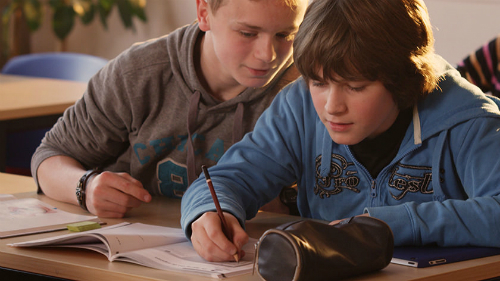
Dadas as novas tendências de museus e arquitetura corporativa tecnologia de integração e meios de comunicação em seu espaço físico e infra-estrutura, escolas vai evoluir de forma semelhante?
I think the integration of technology with the pupil rather than the building is a more interesting development. With mobile devices and wearable technologies, new “Strava’s of learning” vai ajudar os alunos a desbloquear o seu potencial. Em relação aos espaços físicos nas escolas, Imagino que não será muito longo antes de telas e impressoras 3D são ubiquitously disponível nas economias ricas.
Dada a eficiência da Internet e casa de aprendizado, quanto tempo será necessário alunos na escola?
A instituição da escola é uma intervenção importante, mas, sem dúvida, um pouco fraco no desenvolvimento holístico dos nossos filhos – afinal, na maioria dos países ocidentais, sobre 80% de seu tempo é gasto fora da escola. No entanto, as escolas não oferecem benefícios de escala para a aprendizagem, especialmente no que diz respeito ao acesso aos grandes professores, recursos de aprendizagem, and to other pupils. Not to forget the added economic benefit of enabling parents to participate in the workforce. In some ways I wonder if a better question might be how we could more effectively look holistically at the learning and welfare of each pupil, rather than how many hours they should go to school?
Quão importante será a presença de professores físicos estar?
I believe the teacher is the killer app in education. A great teacher is like a great coach who can help to unlock the potential of each child. Geralmente, I think it’s best to physically include a teacher in the journey of learning. I don’t think this always has to be in the form of one teacher with 25 pupils; varying the group size and role of the teacher, depending on the situation, is likely to become more common in the future. Some of the tasks of a teacher will probably be made more efficient or even substituted by technology. And there are situations, por exemplo, in case of a shortage of teachers or lack of access to a school, questões de saúde ou um desejo de aprender de forma independente, em que uma abordagem virtual faria sentido.
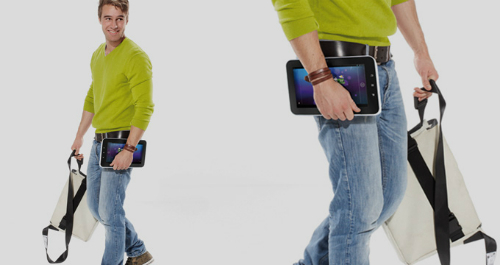
Será que o avanço da tecnologia conduzir a uma maior personalização da educação para alunos individuais ou também aumentar a necessidade tecno-burocrática para a normalização?
Tecnologia irá certamente permitir a personalização da aprendizagem e eu esperaria que isso irá resultar em melhores resultados de aprendizagem, alunos melhor engajados e uma escola mais eficiente. Seja ou não este leva a mais burocracia e padronização cabe aos responsáveis políticos. Technology is in itself neither good nor bad but will serve the requirements of the market.
Será que vamos ensinar os alunos específicos “assuntos” em salas de aula tradicionais como temos hoje ou vai ser mais sobre aulas de aprendizagem / integrado híbrido?
I expect the industrial model of education will be re-imagined and re-designed for the post-industrial, knowledge era. It’s a personal view on the future, but I wonder if we will move in the direction of a “T-model” in the next generation. In the vertical of the “T,” each child develops expertise on key “assuntos,” but in a much more personalized way than at present – por exemplo, also including adaptive and peer-to-peer learning. And in the horizontal of the “T”, other skills such as collaboration, communication and leadership are learned, maybe in the form of “aprendizagem baseada fenômeno” programs such as those recently introduced in Finland.
Confrontado com o aumento do tempo gasto em dispositivos digitais, como podemos ensinar habilidades mais práticos, incluindo lidar com os níveis de estresse e conflito interpessoal?
It was hard to develop “habilidade de vida” from a book and the same holds true with devices. The thing about skills is that they generally improve with practice, especialmente quando apoiado por treinamento. Então, eu acho que é uma questão de priorização: não o excesso de fazer o tempo de tela e certificar-se de habilidades para a vida estão na agenda.
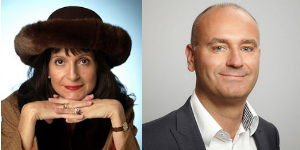
(Todas as fotos são cortesia de Sanoma)
Junte-se a mim e líderes de renome mundial, incluindo Sir Michael Barber (Reino Unido), Dr. Michael Bloco (EUA), Dr. Leon Botstein (EUA), Professor Clay Christensen (EUA), Dr. Linda, Darling-Hammond (EUA), Dr. MadhavChavan (Índia), Professor Michael Fullan (Canadá), Professor Howard Gardner (EUA), Professor Andy Hargreaves (EUA), Professor Yvonne Hellman (Holanda), Professor Kristin Helstad (Noruega), Jean Hendrickson (EUA), Professor Rose Hipkins (Nova Zelândia), Professor Cornelia Hoogland (Canadá), Honrosa Jeff Johnson (Canadá), Senhora. Chantal Kaufmann (Bélgica), Dr. EijaKauppinen (Finlândia), Secretário TapioKosunen Estado (Finlândia), Professor Dominique Lafontaine (Bélgica), Professor Hugh Lauder (Reino Unido), Senhor Ken Macdonald (Reino Unido), Professor Geoff Mestres (Austrália), Professor Barry McGaw (Austrália), Shiv Nadar (Índia), Professor R. Natarajan (Índia), Dr. PAK NG (Cingapura), Dr. Denise Papa (US), Sridhar Rajagopalan (Índia), Dr. Diane Ravitch (EUA), Richard Wilson Riley (EUA), Sir Ken Robinson (Reino Unido), Professor Pasi Sahlberg (Finlândia), Professor Manabu Sato (Japão), Andreas Schleicher (PISA, OCDE), Dr. Anthony Seldon (Reino Unido), Dr. David Shaffer (EUA), Dr. Kirsten Immersive Are (Noruega), Chanceler Stephen Spahn (EUA), Yves Theze (LyceeFrancais EUA), Professor Charles Ungerleider (Canadá), Professor Tony Wagner (EUA), Sir David Watson (Reino Unido), Professor Dylan Wiliam (Reino Unido), Dr. Mark Wormald (Reino Unido), Professor Theo Wubbels (Holanda), Professor Michael Young (Reino Unido), e Professor Minxuan Zhang (China) como eles exploram as grandes questões da educação imagem que todas as nações enfrentam hoje.
A Pesquisa Global para Educação Comunitária Página
C. M. Rubin é o autor de duas séries on-line lido pelo qual ela recebeu uma 2011 Upton Sinclair prêmio, “A Pesquisa Global para a Educação” e “Como vamos Leia?” Ela também é autora de três livros mais vendidos, Incluindo The Real Alice no País das Maravilhas, é o editor de CMRubinWorld, e é um Disruptor Fundação Fellow.
Siga C. M. Rubin no Twitter: www.twitter.com/@cmrubinworld


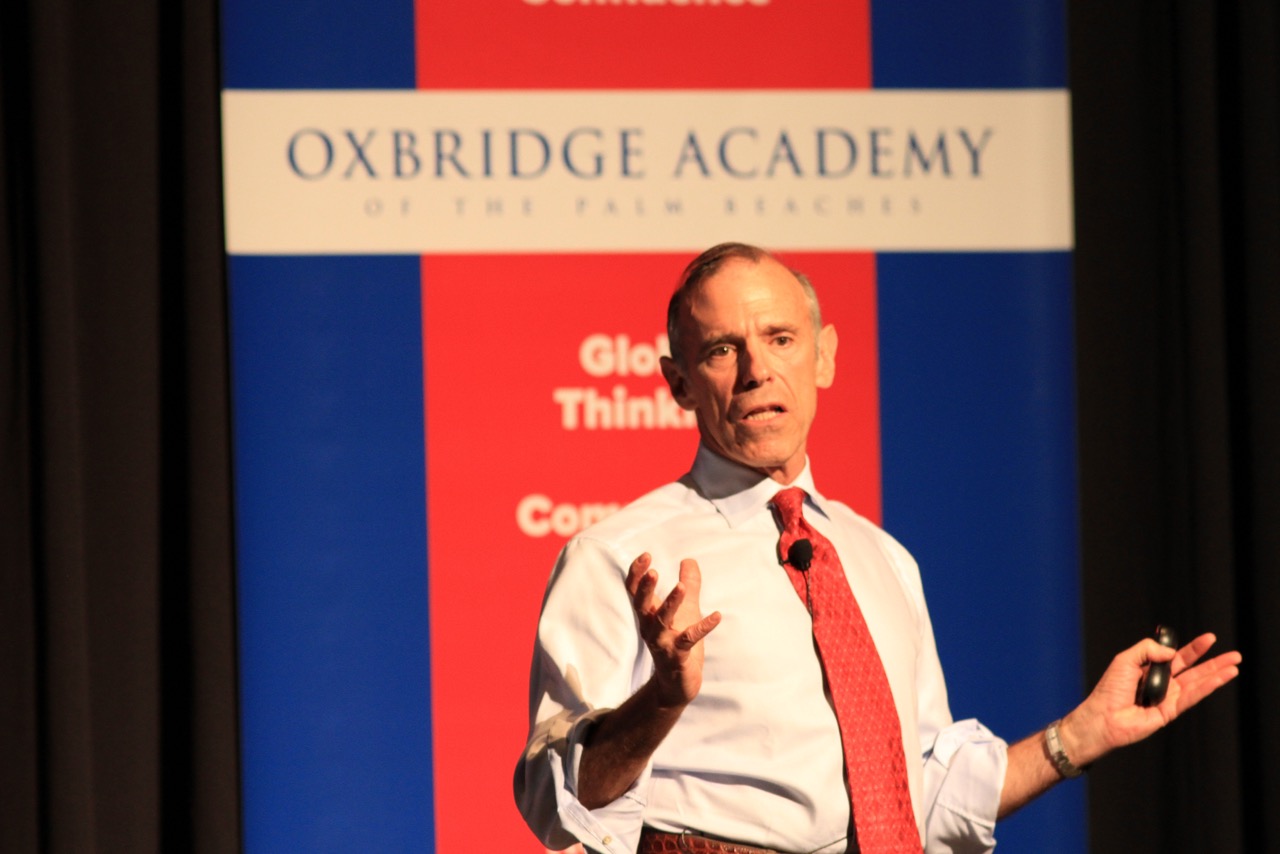

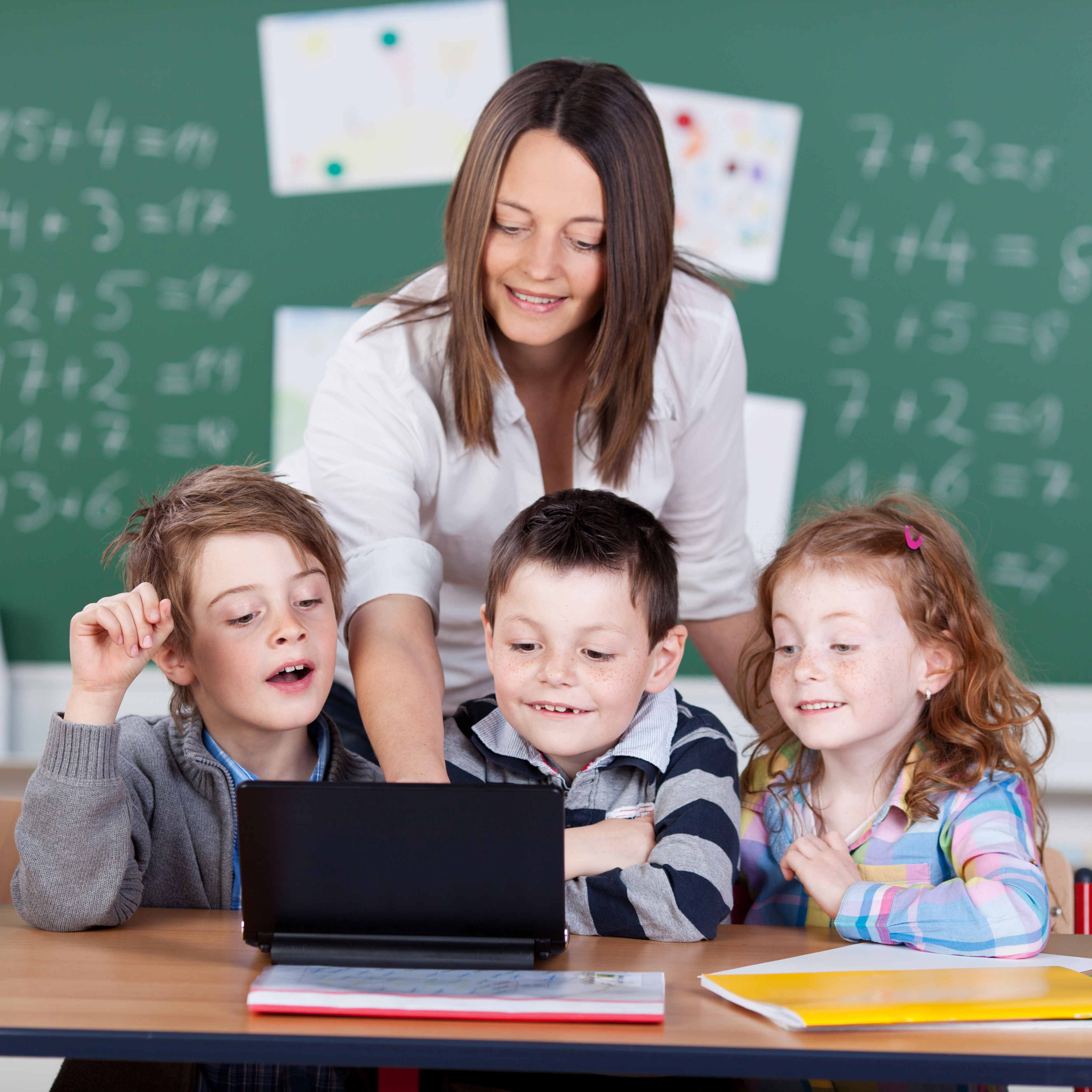
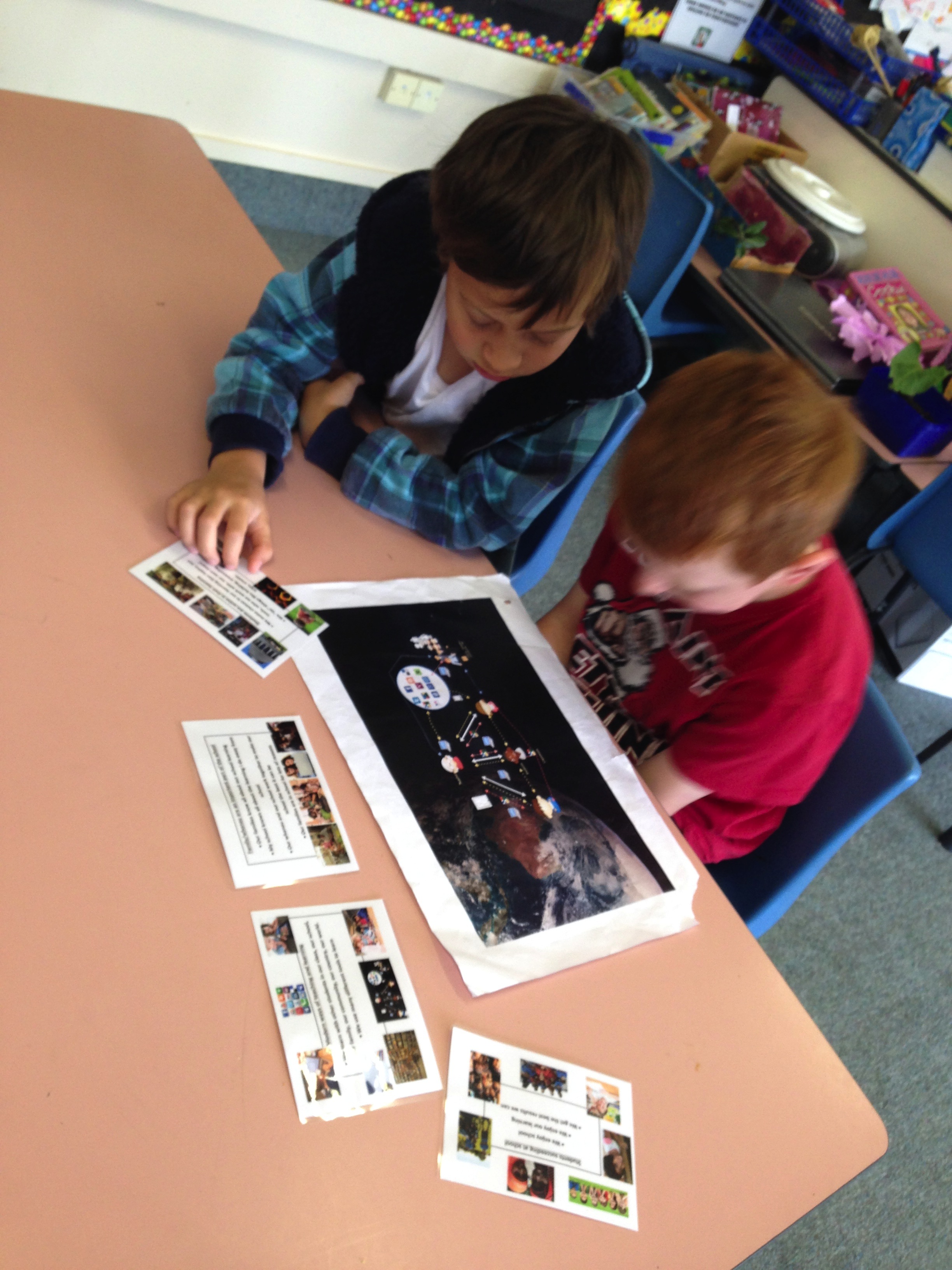
Comentários Recentes